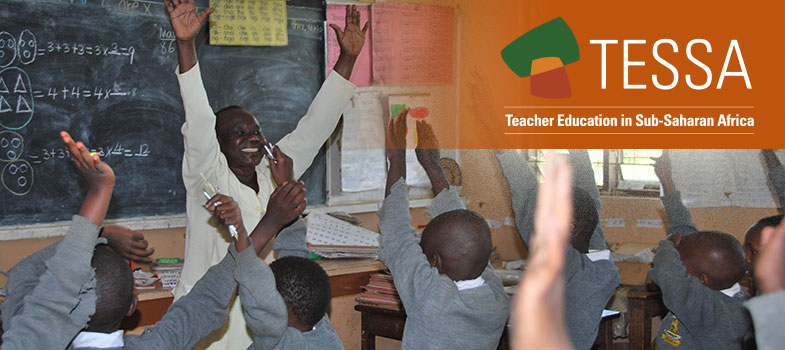3. Community conflicts
Developing an awareness of what can cause conflicts and how to avoid them is important for groups and individuals working together.
A school is a central part of any community, and the teachers and children will represent all parts of that community. As such, the school could play an important role in avoiding or negotiating a solution for wider community conflicts.
Schools can also help pupils become more aware of the causes and issues surrounding conflicts. Some of your pupils may go on to become important players in helping with community-based conflicts.
To help your pupils become confident citizens, you need to:
- make sure your classroom is a harmonious environment;
- help your pupils understand the benefits of this;
- provide them with the skills to resolve conflicts.
Key to this is helping them understand that it is behaviour that is not liked and not the person doing it.
Case Study 3: Involving pupils in finding solutions for community conflict
Joshua Ogunyanga works in a school in Western Nigeria. There was a conflict between two nearby villages, Oko and Ezivi, over a piece of land.
This sometimes caused problems at school, because pupils came from both of those villages and would come to school after hearing the people in their villages arguing.
Mr Ogunyanga decided to address the problem with his pupils.
First, he helped them identify the different things the people of the two villages shared. These included: going to the same school and the same clinic; using the same transport; shopping in the same marketplace.
Then he asked them to identify what was missing from each village. One thing the pupils identified was a sports ground for football and running.
He asked them if there was any land to develop a football field. The pupils suggested some ground midway between the villages.
They prepared a presentation saying why they needed a sports ground, and why this place was the best.
They invited the Parents-Teachers’ Association (PTA) and village committees to come and, after the pupils had made their presentation, everybody discussed the issues.
The committees agreed to the suggestion. The villages both gained a sports ground and the two communities began to cooperate over building it.
Key Activity: Community conflicts
For homework, ask your pupils to each bring in one story about a conflict from the newspaper. Resource 2: ‘Discussions prevent community conflict’ is an example, but you could use a more local example if you feel this would lead to more discussion.
Give pupils the first few lines of the story. In this example:
On 27 September 2002, in Taraba State, a Fulani herdsman was herding his family cattle near Ibi town when a Tiv youth from Benue State attacked him with a machete and left him for dead. Fulani youths in the area started organising a revenge attack…
Ask them to discuss the opening lines with each other and suggest different ways they might solve the conflict. Ask them to say who should be responsible for trying to achieve the solution.
Next, ask each group to choose one story and present their ideas for solving the conflict to the class. Ask the pupils to comment on each other’s presentations and say why they think the suggested solution would or wouldn’t work.
Now show the rest of the story to the class. Ask them to compare their solutions with the ones in the story. Were the solutions similar or the same as the ones actually used?
Ask pupils first to discuss in groups what they have learned from this activity and then to tell you.
What key suggestions did the pupils make?
How did you explore them with the pupils?
What went well in the lesson?
Why do you think this was?
Would you do anything differently next time?
2. Resolving conflicts



